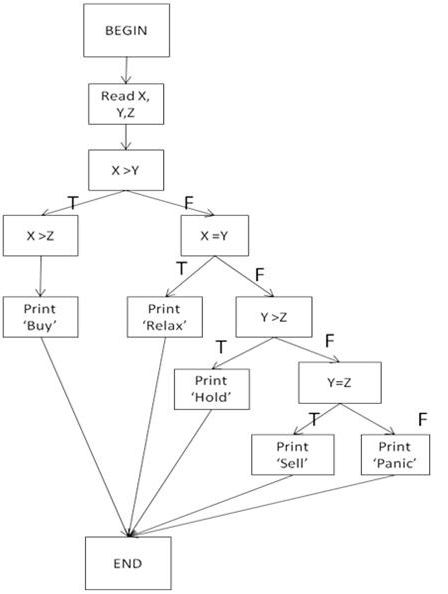ISTQB Certified Tester Foundation Level CTFL-Foundation Exam Practice Test
One of the roles in a review is that of moderator, which of the following best describes this role?
Answer : A
The moderator in a review is responsible for planning the review, running the review meeting, and ensuring that follow-up activities are completed. This role is crucial for the effectiveness of the review process, as highlighted in the ISTQB CTFL syllabus v4.0, which details the responsibilities and importance of the moderator in facilitating a productive and structured review.
For which of the following activities in the fundamental test process would an incident management tool be most useful?
Answer : C
Incident management tools are most useful during test implementation and execution as this is the stage at which the tool is used to raise, manage, retest and close incidents.
The data collected during the defect life cycle can then be manipulated into information that is useful for other activities within the fundamental test process.
Information on numbers of defects outstanding may be useful for evaluating exit criteria (option (D)). This information could also be used for planning future testing and for taking control (option (A)).
Incident management tools can also assist in test analysis and design (option (B)) as information about defects found when testing the previous release of the system could be used when analyzing the type of testing required for the next enhancement.
Which of the following terms is used to describe the management of software components comprising an integrated system?
Answer : A
Incident management is the collection and processing of incidents raised when errors and defects are discovered. Test monitoring identifies the status of the testing activity on a continuous basis. Risk management identifies, analyses and mitigates risks to the project and the product. Configuration management is concerned with the management of changes to software components and their associated documentation and testware.
Statement Coverage will not check for the following:
Answer : A
Statement coverage measures the percentage of executable statements in the code that have been executed. However, it does not check for missing statements since these are not present in the code to be executed in the first place. Statement coverage can identify unused branches, dead code, and unused statements within the code. Reference: ISTQB CTFL Syllabus V4.0, Section 4.3.2.
How does software testing contribute to the quality of delivered software? [K2]
Answer : C
Software testing contributes to the quality of delivered software by identifying root causes of defects from past projects. This allows the team to learn from previous mistakes and improve their processes, ultimately reducing the defect count in future projects.
One Key reason why developers have difficulty testing their own work is:
Answer : D
Developers often have difficulty testing their own work primarily due to a lack of objectivity. When developers test their own code, they might unconsciously overlook errors because they are too familiar with the code and its intended functionality. This lack of impartiality can lead to missed defects and a biased view of the code's quality. Independent testing by other testers or teams helps to mitigate this issue by providing an objective perspective.
Which of the following test cases will ensure that the statement 'Print 'Hold'' is exercised? [K3]
Refer to the exhibit

Answer : C
To ensure that the statement 'Print 'Hold'' is exercised:
X=2, Y=4, Z=3 This test case will follow the path where X Y (False), Y > Z (True), leading to the 'Print 'Hold'' statement.